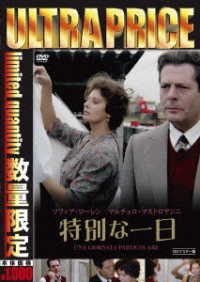Description
For two decades after the mid-1950s, biracial popular music played a fundamental role in progressive social movements on both sides of the Atlantic. Balancing rock's capacity for utopian popular cultural empowerment with its usefulness for the capitalist media industries, Rock 'N' Film explores how the music's contradictory potentials were reproduced in various kinds of cinema, including major studio productions, minor studios' exploitation projects, independent documentaries, and the avant-garde.These include Rock Around the Clock and other 1950s jukebox musicals; the films Elvis made before being drafted, especially King Creole, as well as the formulaic comedies in which Hollywood abused his genius in the 1960s; early documentaries such as The T.A.M.I. Show that presented James Brown and the Rolling Stones as the core of a black-white, US-UK cultural commonality; A Hard Day's Night that marked the British Invasion; Dont Look Back, Monterey Pop, Woodstock, and other Direct Cinema documentaries about the music of the counterculture; and avant-garde films about the Rolling Stones by Jean-Luc Godard, Kenneth Anger, and Robert Frank.After the turn of the decade, notably Gimme Shelter, in which the Stones appeared to be complicit in the Hells Angels' murder of a young black man, 1960s' music-and films about it-reverted to separate black and white traditions based respectively on soul and country. These produced blaxploitation and Lady Sings the Blues on the one hand, and bigoted representations of Southern culture in Nashville on the other. Ending with the deaths of their stars, both films implied that rock 'n' roll had died or even, as David Bowie proclaimed, that it had committed suicide. But in his documentary about Bowie, Ziggy Stardust and the Spiders from Mars, D.A. Pennebaker triumphantly re-affirmed the community of musicians and fans in glam rock.In analyzing this history, David E. James adapts the methodology of histories of the classic film musical to show how the rock 'n' roll film both displaced and recreated it.
Table of Contents
Table of Contents1. Introduction: Rock 'n' Film2. Absolute Beginnings: Blackboard Jungle3. Jukebox Musicals4. Dirty Stars: Jayne Mansfield and Kenneth Anger5. Rock 'n' Roll Noir: Elvis Before the Army6. Sunshine Elvis: The Devil in Disguise(inc Morphology of the Elvis Movie)7. Back in the UK: The English Elvises8. Beatles I: Richard Lester and A Hard Day's Night9. Beatles II: Next Morning10. Bringing It All Back Home: Toward the Folk Documentary11. D. A. Pennebaker: Documentary from Folk to Folk Rock and Rock12. Utopia and Its Discontents: Woodstock13. The Rolling Stones I: The Greatest Rock 'n' Film Band in the World14. Mick Jagger, Demon Brother15. The Rolling Stones II: The U.S. Tours, From Concert Film to Film Concert:16. Back To Black . . . : Soul17. . . . And White: Country18. Retrospection and Reflexivity: Rock 'n' Film SuicideIndex
-

- DVD
- 草間の半次郎 霧の中の渡り鳥




![雷撃隊出動[東宝DVD名作セレクション]](../images/goods/ar/web/vimgdata/4988104/4988104096845.jpg)


